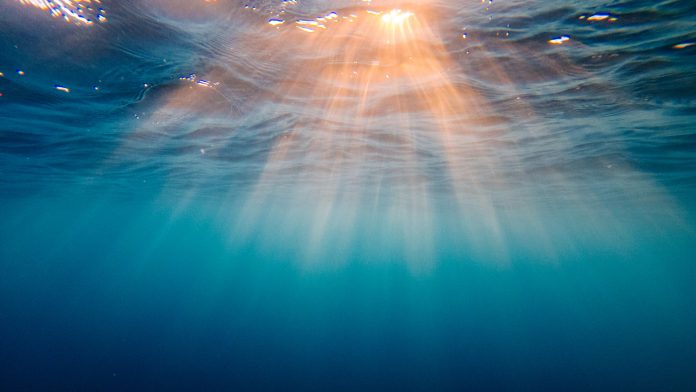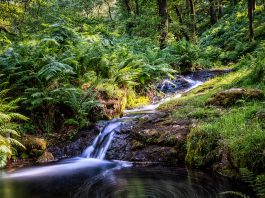A collaborative research team led by the University of Bremen conducted a study to investigate the deep ocean floor, the least explored ecosystem on the Earth’s surface.
What did researchers investigate on the ocean floor?
The deep-ocean floor covers more than 60% of the planet, and yet is the most unexplored area on the Earth’s surface. Life that is largely unknown exists in abyssal sediments, from benthic animals to microbes, which help to recycle and sequester the sinking inorganic matter originating from pelagic communities that are dominated by microscopic plankton.
Benthic ecosystems reinforce two important ecosystem services of planetary significance: the healthy functioning of ocean food-webs, and the burial of carbon on geological timescales, both of which are critical regulators of the Earth’s surface climate.
Researchers from the Norwegian Research Centre (NORCE), Bjerknes Centre for Climate research, and the University of Geneva, have sequenced the eukaryotic DNA contained within deep-sea sediments from all key oceanic basins and compared this new data to the existing global-scale plankton datasets from the sunlit and dark water column.
This new data has provided scientists with the first unified vision of the full ocean eukaryotic biodiversity; from the surface to the deep-ocean sediment. This creates the opportunity for marine ecological questions to be addressed for the first time— at a global scale— and across the three-dimensional space of the ocean, representing a major step towards ‘One Ocean ecology.’
“With nearly 1,700 samples and two billion DNA sequences from the surface to the deep-ocean floor worldwide, high-throughput environmental genomics vastly expands our capacity to study and understand deep-sea biodiversity, its connection to the water masses above and to the global carbon cycle,” explained Tristan Cordier, lead author of the study and Researcher at NORCE and Bjerknes Centre for Climate Research, Norway.
What was discovered in this new environment?
Scientists compared the sediment DNA sequences with the ones from pelagic realms, which made it possible to distinguish indigenous benthic organisms from sinking plankton that had reached the seafloor from the overlying water column. The results indicated that benthic biodiversity could be three times larger than in the water masses above; and this diversity is composed of very different taxonomic groups that are mostly unknown.
“We compared our deep-sea benthic DNA sequences to all references sequences available for known eukaryotes. Our data indicates that nearly two third of this benthic diversity cannot be assigned to any known group, revealing a major gap in our knowledge of marine biodiversity,” said Jan Pawlowski, Professor at the Department of Genetics and Evolution of the University of Geneva and at the Institute of Oceanology of the Polish Academy of Sciences in Sopot.
Additional evaluation on the abundance and composition of plankton DNA in deep-sea sediments confirmed that polar regions are hotspots of carbon sequestration; the composition of the plankton DNA in sediments predicts the variation of the strength of the biological pump. This is an ecosystem process that transfers atmospheric carbon dioxide into the deep ocean, and consequently regulates the global climate.
“For the first time, we can understand which members of plankton communities are contributing most to the biological pump, arguably the most fundamental ecosystem processes in the oceans,” said Colomban de Vargas, Researcher at CNRS in Roscoff, France.
What impacts will global changes have on the sea?
The genomic dataset has provided the first consistent snapshot of the whole eukaryotic diversity in the modern ocean. This presents a unique opportunity to reconstruct ancient oceans from the DNA contained in the cumulative sediment record, and to assess how climate has impacted plankton and benthic communities in the past.
“Our data will not only address global-scale questions on the biodiversity, biogeography and connectivity of marine eukaryotes. It can also serve as a basis to reconstruct the past functioning of the biological pump from ancient sedimentary DNA archives. It would then inform on its future strength in a warmer ocean, which is key for modelling the future carbon cycle under climate change,” added Tristan Cordier.
“Our study further demonstrates that deep-sea biodiversity research is of paramount importance. Huge numbers of unknown organisms inhabit ocean-floor sediments and must play a fundamental role in ecological and biogeochemical processes. A better knowledge of this rich diversity is crucial if we are to protect these vast, relatively pristine ecosystems from the impacts of possible future human incursions and understand the effects on it of climate change,” concluded Andrew J. Gooday, Emeritus Fellow at the National Oceanography Centre, Southampton, who was also involved in the research.









